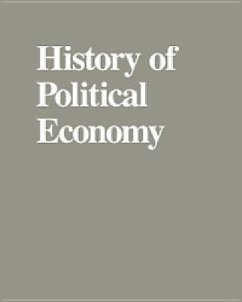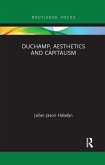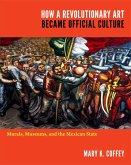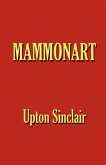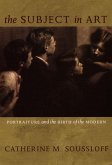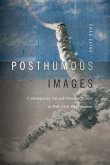Economists historically have had very little to say about art. In the latter part of this century, however, difficult issues such as pricing and art valuation, the influence of the fashionable on pricing, and the nature of auction have all begun to be explored. Economic Engagements with Art suggests that taste and fashion in art need not be mysterious or outside rational discourse and that these matters can be studied by economists to the benefit of the discipline. This volume, which deals primarily with painting, is divided into three sections, each considering from a different perspective the interplay between art and economics. In the first section, "Art and Economic Theory, " economists clarify the need to construct a framework for understanding the roles of taste and fashion in art valuation. Historical examples from the time of the Inquisition to the nineteenth century are considered, as are theories that take into account such variables as the "truth and nobility" of the artist and his profession, envy value, and the uniqueness of all artwork, in addition to market factors such as demand. The second section, "Art and Economic Policy, " looks at broader policy issues involving art. Among the Specific topics discussed: the relationship between art imports and exports and federal patronage of the arts during the Depression; Lionel Robbins and the political economy of art; and the interplay among economy, architecture, and politics as shown in certain postwar Hilton hotels. In the final section, "The Business of Art, " a variety of matters are considered, including the economics of art in early modern times, discussed in the context of both humanist and scholastic approaches; thepricing of paintings based on a study of the Smith-Reynolds connection; and the relationships between Otto Nuerath, graphic art, and the social order. The first collaborative and historical treatment of the connection between economics and art, Economic Engagements with Ar

